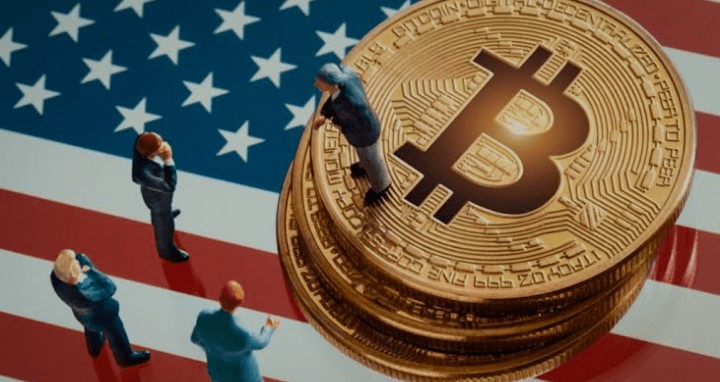
Bitcoin traders who are awaiting the next U.S. employment data to assess the possibility of new rate cuts by the Fed may have to wait longer, as the government approaches a potential shutdown.
The impact of this event on Bitcoin is still uncertain, analysts warn, which could increase short-term volatility. Historical shutdowns show varied effects on the price of the cryptocurrency.
“Expectations of interest rate cuts favor risk assets, but concerns about bubbles and political instability tend to amplify immediate volatility. For the cryptocurrency market, this generates both liquidity support and additional uncertainties of decline,” analysts from Bitunix affirm in a statement to Decrypt.
“In the medium term, effective interest rate cuts strengthen liquidity and support risk assets. In the short term, however, fears of bubbles and the risk of a shutdown increase market fragility, making sharp drops followed by recoveries more likely,” they added.
If Congress does not approve a complete budget or a continuing resolution by midnight this Tuesday (30), federal funding will be interrupted, resulting in a partial shutdown of functions considered “non-essential” as early as Wednesday. The U.S. fiscal year ends on September 30.
“The big event this week may not even happen, as Friday's jobs report may be the first to be affected by a possible shutdown if Congress fails to approve short-term funding by tonight,” explained John Reid, head of macro and thematic research at Deutsche Bank. “In October 2013, the shutdown meant we only received the September report on the 22nd of that month,” he added.
At the moment, Bitcoin is close to $113,000, up 1% in the last day, but still 0.7% below the value recorded two weeks ago, according to CoinGecko.
Since economic statistics and data processing are not considered essential functions, the Bureau of Labor Statistics would have to delay the release of the next jobs report until funding is restored.
Shutdown will bring volatility
It is not that the data would stop being published, but the delay may increase volatility. Investors know that the Fed’s monetary policy decisions are strongly influenced by employment and inflation data.
Nicolai Sondergaard, an analyst at Nansen, told Decrypt that a shutdown could intensify short-term volatility in the crypto market.
“But I wonder if that will be all, should investors assume that the ‘shutdown’ will be resolved quickly,” he added. “I would not be surprised if the potential effect of a shutdown hits the broader financial markets even before it happens, if it happens.”
This would not be the first shutdown faced by crypto markets. The October 2013 shutdown lasted 16 days. Between October 1 and 17, the price of Bitcoin rose 14%, from $132.04 to $151.34.
However, Bitcoin gains during a shutdown are not the rule. The longest shutdown occurred between December 22, 2018, and January 25, 2019. During those 35 days, BTC fell 6%, from $3,802.22 to $3,575.85.
Julio Moreno, head of research at Cryptoquant, said that the shutdowns of 2013 and 2018-2019 found Bitcoin in very different markets.
“The demand for Bitcoin was growing strongly as we entered the final phase of the bull cycle in 2013,” he told Decrypt, adding that when the shutdown occurred in 2018, the demand for BTC was already declining amid a bear market.
Moreno added that now Bitcoin is positioned more similarly to 2013 than to 2018.
“The demand for Bitcoin is growing as we enter the fourth quarter, which tends to be a positive season in terms of price performance,” he concluded.
